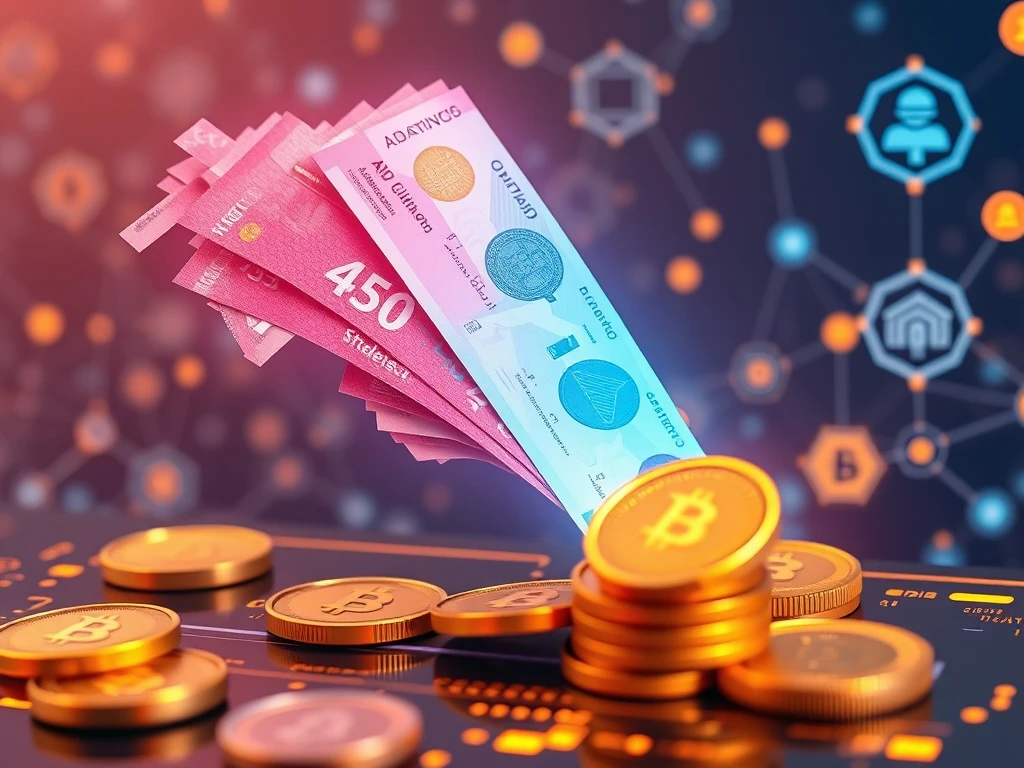Asia’s Stablecoin Revolution: How Local-Currency Pegs Empower Nations and Unlock Financial Freedom

Asia is leading a financial revolution with local-currency stablecoins—but will this bold move protect economies from dollar dominance while empowering millions? Discover how nations are rewriting the rules of digital finance.
Why Asia’s Stablecoin Shift Matters Now
The race for stablecoin supremacy in Asia isn’t just about technology—it’s a battle for economic sovereignty. With USD-pegged stablecoins controlling 90% of the market, central banks are fighting back with local alternatives that:
- Preserve control over monetary policy
- Reduce vulnerability to US dollar fluctuations
- Create tailored solutions for regional needs
Monetary Sovereignty: The Hidden War Behind Stablecoins
South Korea’s central bank governor Rhee Chang-yong warns: “Every dollar-pegged stablecoin weakens our economic defenses.” The risks include:
| Risk | Local Solution |
|---|---|
| Capital flight | Controlled on-chain flows |
| Policy interference | Algorithmic stabilization |
| Dollarization | Native currency anchors |
Financial Inclusion Through Local Stablecoins
For Asia’s 350 million unbanked adults, local-currency stablecoins offer:
- Remittance costs slashed by 80%
- 24/7 access to digital wallets
- Seamless integration with national payment systems
The Road Ahead: Building Asia’s Digital Asset Ecosystem
Pioneering projects like India’s UPI blockchain integration and Thailand’s PromptPay demonstrate how local stablecoins can:
- Foster domestic fintech innovation
- Generate valuable payment data for credit scoring
- Create exportable financial infrastructure
FAQs: Asia’s Stablecoin Transformation
Q: How do local-currency stablecoins differ from USDT or USDC?
A: They’re pegged to national currencies like the Korean won or Thai baht, keeping monetary policy control within the country.
Q: Which Asian countries lead in local stablecoin adoption?
A: South Korea, Singapore, and Thailand have active pilots, while Japan and India are developing regulatory frameworks.
Q: Can local stablecoins work for cross-border payments?
A: Yes—through blockchain interoperability, they enable instant currency swaps without USD intermediaries.
Q: What’s the biggest challenge for local stablecoins?
A: Achieving sufficient liquidity and merchant acceptance to compete with established dollar-pegged options.









